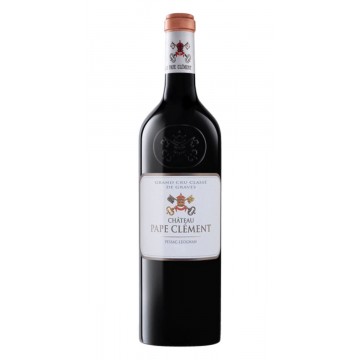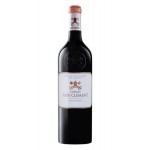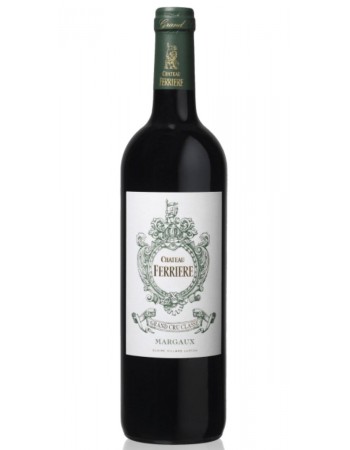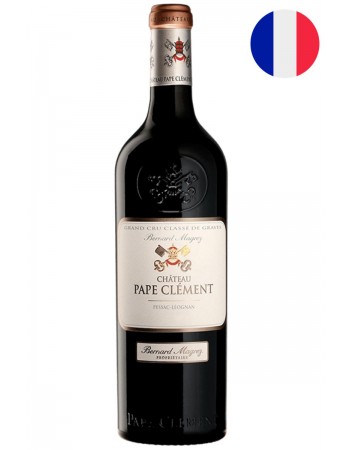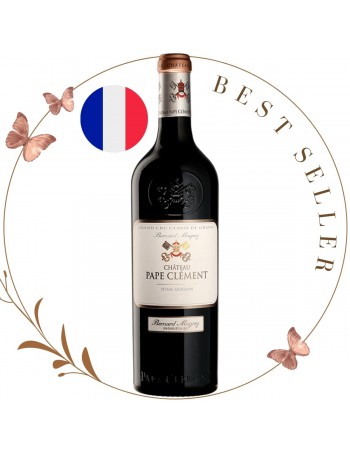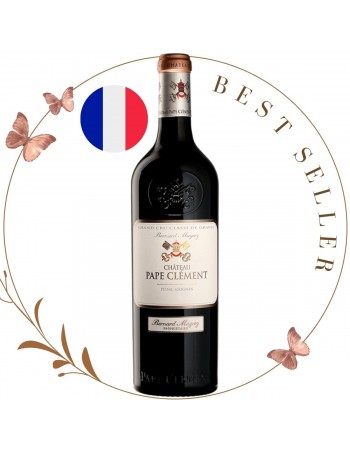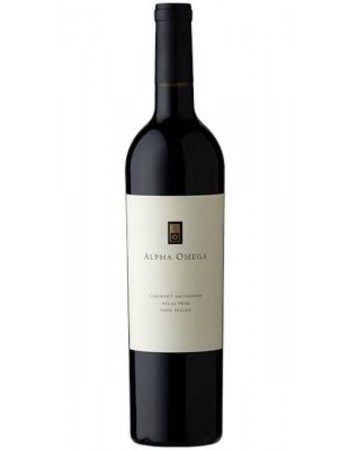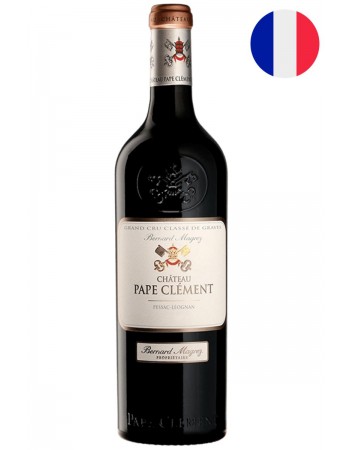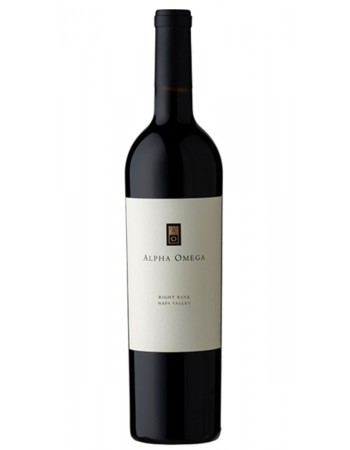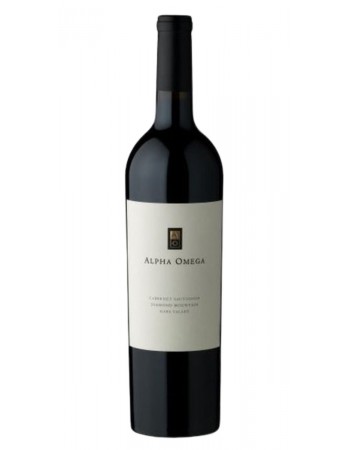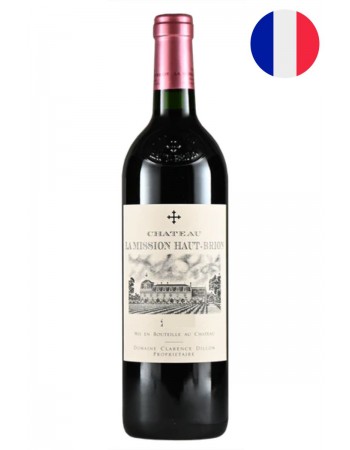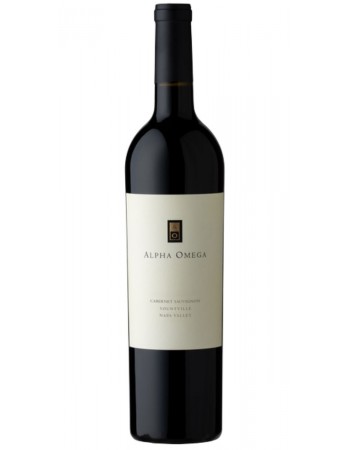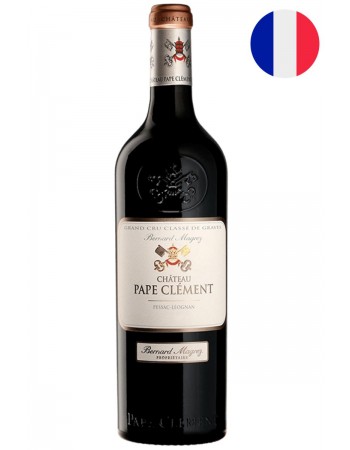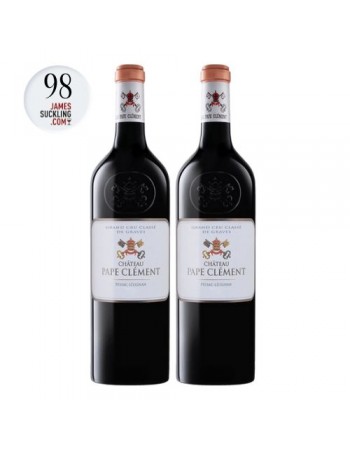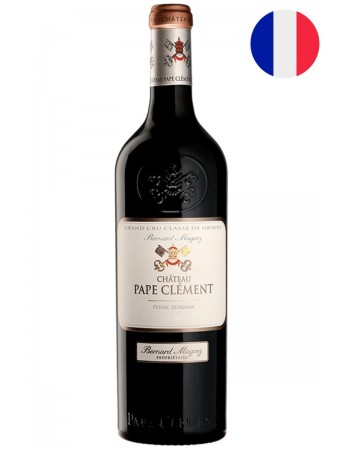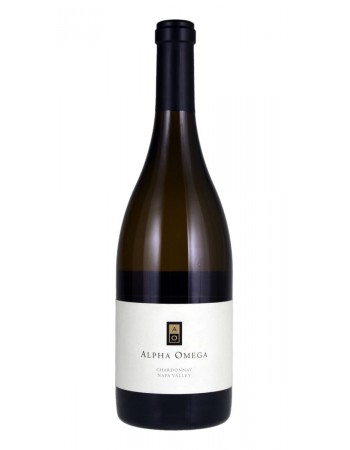2020 Chateau Pape Clement
-
S$14188
- S$14888

Vintage: 2020
Region: Pessac Leognan, Bordeaux
Country: France
Winemaker Notes
Tannic heft from the get-go, though this does have a lovely fresh, clean and precise core with a narrow, focused frame so the elements come across as quite tight and severe right now but well worked. It has class, no doubt, on the high-toned scale, potent and upfront but there's gorgeous detail and precision to the fruit, acidity and tannins. Slick and classy with lots of glamour that plays to the strengths of the vintage.
About Winery
Origins
Chateau Pape Clément owes its name to its most illustrious owner. A man of the cloth born in 1264, Bertrand de Goth became Bishop of Comminges, in the Pyrenees Mountains, at the age of 31; he later became Archbishop of Bordeaux in 1299.
He then received as a gift the property in Pessac, the Vineyard de La Mothe. Taken by a passion for the vine, he continually took part personally in equipping, organizing and managing the domain in accordance with the most modern and rational practices. Nevertheless, on 5 June 1305 the cardinals met in a conclave in Pérouse and appointed him to succeed Pope Benedict XI, who had passed away prematurely after only eleven months of reign. Bertrand de Goth took the name of Clement V.
Supported by Philip IV, it was he who decided in 1309 to move the papal court to Avignon, thus breaking with Rome and its battles of influence. During this same period, the weight of his responsibilities led him to relinquish his property, giving it to the Archbishop of Bordeaux. Henceforward, the vineyard was to be known to posterity under the name of this enlightened pope.
The early period
Management under the clergy brings modernity The grateful Church perpetuated Pope Clement's work. Each archbishop in turn turned to modernity and technical progress, to the point of the wine estate becoming a model vineyard. In addition to especially early harvests, which remain one of its special characteristics, Chateau Pape Clément is without a doubt the first vineyard in France to align vine stock to facilitate labour.
After the Revolution
At the end of the 18th century, the Archbishop of Bordeaux was dispossessed of his property. The papal vineyard became part of the public domain.
The 20th century
8 June 1937 was a dark day in the vineyard's history, when a violent hailstorm destroyed virtually the entirety of the estate. Two years later, Paul Montagne bought it and gradually brought it back to life. Thanks to his efforts, the vineyard returned to its former rank and stood up to the surge in urbanization. His descendents, Léo Montagne and Bernard Magrez, perpetuate this secular tradition so that Chateau Pape Clément wines continue to delight the wine-lovers of today and tomorrow.
Winemaker Notes
Tannic heft from the get-go, though this does have a lovely fresh, clean and precise core with a narrow, focused frame so the elements come across as quite tight and severe right now but well worked. It has class, no doubt, on the high-toned scale, potent and upfront but there's gorgeous detail and precision to the fruit, acidity and tannins. Slick and classy with lots of glamour that plays to the strengths of the vintage.
About Winery
Origins
Chateau Pape Clément owes its name to its most illustrious owner. A man of the cloth born in 1264, Bertrand de Goth became Bishop of Comminges, in the Pyrenees Mountains, at the age of 31; he later became Archbishop of Bordeaux in 1299.
He then received as a gift the property in Pessac, the Vineyard de La Mothe. Taken by a passion for the vine, he continually took part personally in equipping, organizing and managing the domain in accordance with the most modern and rational practices. Nevertheless, on 5 June 1305 the cardinals met in a conclave in Pérouse and appointed him to succeed Pope Benedict XI, who had passed away prematurely after only eleven months of reign. Bertrand de Goth took the name of Clement V.
Supported by Philip IV, it was he who decided in 1309 to move the papal court to Avignon, thus breaking with Rome and its battles of influence. During this same period, the weight of his responsibilities led him to relinquish his property, giving it to the Archbishop of Bordeaux. Henceforward, the vineyard was to be known to posterity under the name of this enlightened pope.
The early period
Management under the clergy brings modernity The grateful Church perpetuated Pope Clement's work. Each archbishop in turn turned to modernity and technical progress, to the point of the wine estate becoming a model vineyard. In addition to especially early harvests, which remain one of its special characteristics, Chateau Pape Clément is without a doubt the first vineyard in France to align vine stock to facilitate labour.
After the Revolution
At the end of the 18th century, the Archbishop of Bordeaux was dispossessed of his property. The papal vineyard became part of the public domain.
The 20th century
8 June 1937 was a dark day in the vineyard's history, when a violent hailstorm destroyed virtually the entirety of the estate. Two years later, Paul Montagne bought it and gradually brought it back to life. Thanks to his efforts, the vineyard returned to its former rank and stood up to the surge in urbanization. His descendents, Léo Montagne and Bernard Magrez, perpetuate this secular tradition so that Chateau Pape Clément wines continue to delight the wine-lovers of today and tomorrow.
98 James Suckling
"Lots of blackberry, iodine and crushed stone here. Some black pepper and graphite, too. Full body and medium, fine tannins that have a powdery texture and open in the mouth. So much going on. Iodine and iron undertones with some raw mushroom bring you back for more. Muscular. This is for the cellar."
98 Vinous
"The 2020 Pape Clément is outrageously beautiful. Dark, virile and imposing, the 2020 is a rare vintage of Pape Clément that is vertical and statuesque in feel. Dark fruit, chocolate, new leather, licorice and cloves infuse the palate with tremendous depth. In a word: magnificent."
97 Jeb Dunnuck
"I loved the 2020 Château Pape Clément, and this beauty is up there with the top wines in Pessac. Checking in as equal parts Cabernet Sauvignon and Merlot, aged 18 months in 90% barrels and 10% in foudre, it offers a deep purple hue to go with a powerful, concentrated profile displaying both red and black fruits, lots of spicy, chocolate, flowery incense nuances, full-bodied richness, and an almost salty, bloody character on the finish. This beauty shows the concentrated yet utterly classic, focused, elegant style of the vintage and has so much to love. It's going to be even better with 4-6 years of bottle age and will see its 30th birthday in fine form. 97+"

